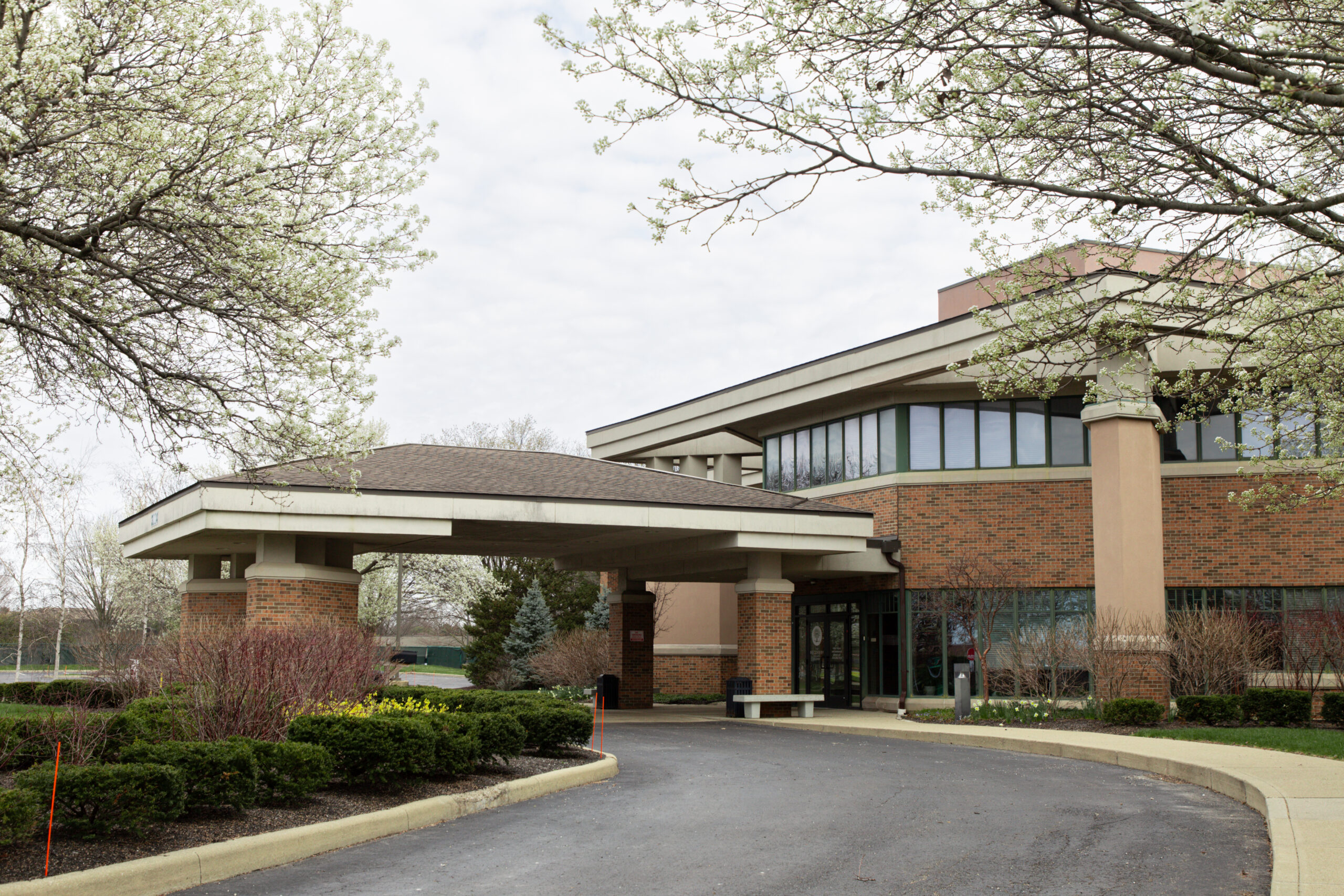Each person is different, so everyone metabolizes substances at a different rate. Learn about the factors involved, as well as how long prescription drugs typically stay in the system.
Prescription drugs have seen widespread use in our society. Within the field of behavioral health, they are most commonly prescribed to people as a treatment for pain, anxiety, depression, attention issues, and chronic coughing in some cases.
According to the National Institute on Drug Abuse, anestimated 18 million Americansaged 12 and oldermisused prescription drugsfor nonmedical reasons in 2017. This figure represents approximately 6% of the U.S. population. There has been an overwhelming increase in prescription drug misuse over the past several years.
The following sections will provide an overview of common prescription drugs, signs of misuse, and these drugs are metabolized in the system.
How Long Do Prescription Drugs Stay in the Urine, Sweat, and Hair?
While every individual metabolizes prescription drugs differently, the average time it takes for drugs to exit the system has been studied. A2017 studyfound the average time window where prescription drugs can still be detected in the urine, sweat, and hair.
- Opioids:2-5 days in urine, 7-14 days in sweat and up to 90 days in hair
- Benzodiazepines:up to 7 days in urine, and up to 90 days in hair
- Amphetamines:2-5 days in urine, 7-14 days in sweat and up to 90 days in hair
These are rough approximations, and the factors mentioned in this article will affect these estimates.
What Factors Influence How Long Prescription Drugs Stay in Your System?
No two people are created exactly the same, so everyone eliminates drugs from their system differently. Two people could take the same dose at the same time, but one may eliminate the drug faster from their system than the other. Certain factors can affect how quickly drugs are cleared from the system, including:
- Age:An older person will typically have a slower metabolism and therefore excrete drugs at a slower rate than a younger person. Older people have age-related factors that affect organs like the kidney and liver, which may cause them to work less optimally. Additionally, the older a person is, the more likely they are to take multiple medications for health issues. This can interfere with the excretion of prescription drugs. Essentially, the younger someone is, the more likely they are to clear a drug more quickly.
- Height, weight, and body fat:To accurately estimate how fast someone will eliminate a drug from their system, their weight, height, and body fat must be taken into account. This is because the dose a person takes is relative in proportion to their physical measurements.
- Genetics:Genes play a role in a person’s ability to metabolize drugs, but they also influence how susceptible a person is to become dependent or addicted. Certain variants in gene structure affect metabolism differently, and they can also cause people to feel different effects from prescription drugs.
- Liver and kidney function:Depending on liver and kidney health, some people may clear drugs faster than others. Someone who has liver cirrhosis, for example, may take much longer to clear something from their system than someone with a healthy liver. Someone who has kidney impairment or failure is also going to have a delayed clearance time.
- Metabolism:Drugs are metabolized by a family of enzymes called cytochrome P450 enzymes. These enzymes are responsible for changing the shape of drugs to break them down and make them easier to excrete. Each person has different levels of these enzymes, and this affects the rate at which drugs are broken down.
- Frequency of Use:Someone who has only used a single dose of a prescription drug is likely to clear the drug from their system faster than someone who uses the drug on a regular basis. If prescription drugs are used frequently over the span of days or weeks, there is an accumulation inside the body. This can greatly affect the clearance time.
How Do You Clear Prescription Drugs from Your System?
To clear a drug from your system, you must stop using it. However, this can often trigger a host ofwithdrawal symptomsthat you should understand as you begin the process. Common withdrawal symptoms include:
- Vomiting
- Mood swings
- Dizziness
- Nausea
- Drowsiness
- Impaired functions
To avoid complications such as seizures or alarming changes in blood pressure, a medical doctor should monitor the discontinuation of prescription pills.
How Do You Manage the Withdrawal Symptoms of Prescription Drugs?
Regardless of how long a prescription drug stays in your system, if you have developed dependence, you can experience withdrawal symptoms. Depending on the severity of these symptoms, medical attention like hospitalization and detox may be required. Some substance withdrawal symptoms can be fatal if left untreated, so it’s recommended to consult a doctor if you feel you are at risk.
Rapid detox orinpatient detoxificationmay be suggested, depending on the level at which someone is using. Typically, there are medications that can be administered to help reduce the intensity of withdrawal symptoms, which can also help prevent any further medical complications.
Medical treatments are good initially. However, substance abuse treatment should follow detox in order to address the underlying causes of addiction. If you or a loved one is struggling with substance use or a co-occurring mental health condition,The Recovery Villagecan help.Contact ustoday to learn about treatment programs that can help you begin the path to lifelong recovery.
What are the Most Commonly Abused Prescription Drugs?
The three most commonly misused types of prescription drugs areopioids,benzodiazepines, andstimulants.
Opioids
Opioids are usually prescribed to treat pain. These include:
- Fentanyl (Duragesic®)
- Diphenoxylate (Lomotil®)
- Hydrocodone (Vicodin®)
- Hydromorphone (Dilaudid®)
- Meperidine (Demerol®)
- Oxycodone (OxyContin®)
- Oxymorphone (Opana®)
Benzodiazepines or CNS Depressants
These medications are used to treat anxiety and sleep disorders. This category includes tranquilizers, sedatives, and hypnotics, such as:
Stimulants
Stimulants are often prescribed to treat attention-deficit hyperactivity disorder (ADHD). Common types of prescription stimulants include:


















